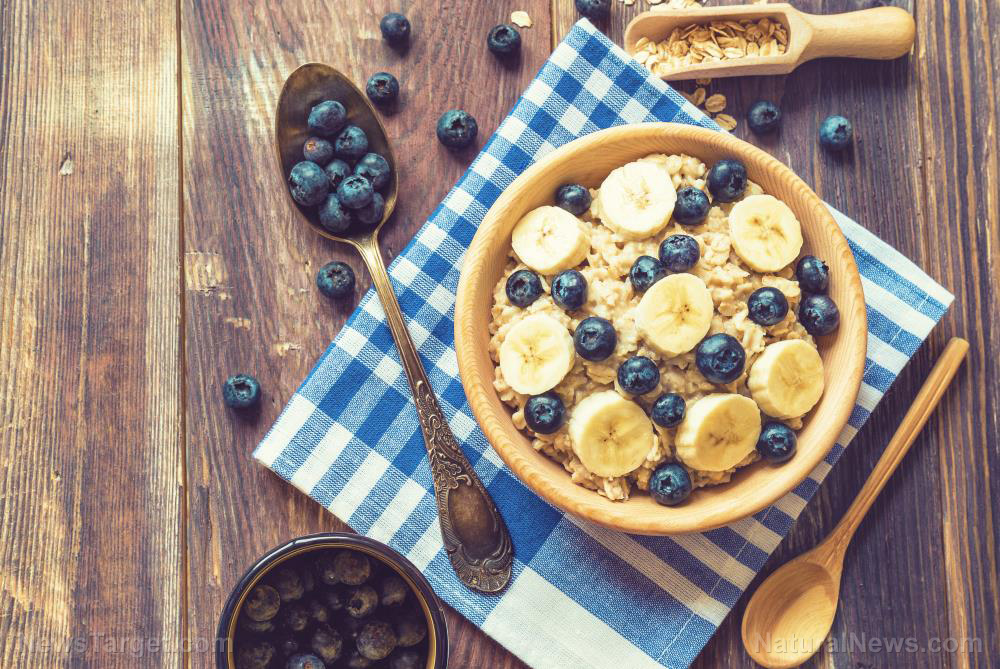
Advertisement
If you’ve ever tried googling the healthiest or the top 10 best fruits to eat, you’ll see that berries — particularly blueberries — never fail to make the list. For years, researchers have looked into why different types of berries deserved to be called “superfruits,” and they’ve all come up with various reasons. So here’s the deal with berries and why nutritionists continue to sing their praises.
Berry benefits – according to science
According to one of the earliest studies involving berries, drinking cranberry juice raises the amount of antioxidants in the blood. For the experiment, nine volunteers agreed to drink either blueberry juice or cranberry juice on three separate occasions and have their blood samples taken a few hours after each time.
The researchers found that cranberry juice increased the participants’ blood vitamin C levels by 30 percent, along with the amount of active compounds called phenols in their blood. Vitamin C is a powerful antioxidant capable of boosting the body’s natural defenses against disease-causing free radicals.
While blueberries did not boost vitamin C levels because they contain very little of the nutrient, Canadian researchers found in a later study that blueberries can also increase blood antioxidant levels. Healthy individuals who took freeze-dried wild blueberry powder with their meals enjoyed a significant boost in their blood antioxidant status that lasted more than four hours after they ate.
Meanwhile in another study, Finnish researchers looked at the diets of middle-aged men in Finland and found that those who ate plenty of fruits, vegetables and berries had a significantly reduced risk of dying from chronic diseases like heart disease. This meant that berries are among the few healthy foods that can promote longevity.
What makes berries “berries”
What with all the benefits attached to the berry label — and what’s mentioned above is only the tip of the iceberg — it’s hard not to wonder what makes these superfruits so super. According to food scientists, berries contain a lot of vitamins and minerals that our bodies need but can’t produce on their own, so eating these colorful fruits does us a whole lot of good. And while different varieties of berries exist, experts say their nutrient content is fairly similar.
But do note that not all fruits with the word “berry” in their names are technically botanical berries. Some of them are actually “aggregate fruits” because they come from a single flower with more than one ovary. Berries, by definition, are simple fruits derived from a single flower with just one ovary and usually plenty of seeds. So while you may be inclined to call strawberries, raspberries and blackberries “berries,” they are, in fact, not true berries. The real berries — and you may have never seen this coming — are actually tomatoes, pomegranates, kiwis, eggplants, bananas and — yes! — chili peppers! (Unmentioned fruits with “berry” in their names are real berries as well.)
Now that we have that out of the way, let’s look at the nutrient content of a real berry representative: blueberries.
According to NutritionData, one cup of raw blueberries (about 148 grams) contains 84.4 calories, 1.1 g of protein, 21.4 g of carbohydrates (3.6 g of which is dietary fiber) and 0.5 g of fat. Blueberries contain no trans or saturated fats, only the good ones like monounsaturated fats (0.1 g), polyunsaturated fats (0.2 g) omega-3 (85.8 mg) and omega-6 fatty acids (130 mg).
In terms of micronutrients, here’s a testament to the nutritional goodness of blueberries:
- Vitamin A, 2 percent of the Daily Value (DV)
- Vitamin C, 24 percent of the DV
- Vitamin E, 4 percent of the DV
- Vitamin K, 36 percent of the DV
- Thiamin, 4 percent of the DV
- Riboflavin, 4 percent of the DV
- Niacin, 3 percent of the DV
- Vitamin B6, 4 percent of the DV
- Folate, 2 percent of the DV
- Pantothenic acid, 2 percent of the DV
- Choline, 8.9 mg
- Betaine, 0.3 mg
- Calcium 1 percent of the DV
- Iron, 2 percent of the DV
- Magnesium, 2 percent of the DV
- Phosphorus, 2 percent of the DV
- Potassium, 3 percent of the DV
- Zinc, 2 percent of the DV
- Copper, 4 percent of the DV
- Manganese, 25 percent of the DV
Besides these vitamins and minerals, berries also reached superfood status with the help of plant nutrients called anthocyanins. Anthocyanins are commonly found in flowers and fruits. Classified as flavonoids, which are known antioxidants found in Nature, anthocyanins also happen to be the very pigments that give all berries their eye-catching colors. Studies have found that anthocyanins are responsible for most of the health benefits associated with berries. A 2017 review listed all the health-promoting properties anthocyanins possess:
- Anti-angiogenic, meaning they can stop the growth of new blood vessels, which tumors use to get a healthy supply of oxygen and nutrients
- Cardioprotective, meaning they can help prevent heart disease
- Anti-cancer
- Anti-diabetes
- Anti-obesity
- Antimicrobial (antibacterial and anti-fungal)
- Neuroprotective, which means they can protect neurons from damage and preserve brain function
Evidence of these properties not only comes from animal studies, mind you. Clinical trials on humans, especially those with metabolic disorders like diabetes, high cholesterol and hypertension, have also reported great results from diet interventions that involved anthocyanin-rich berries.
But perhaps the most notable benefit linked to berry anthocyanins is the reduced risk of heart disease. Researchers at Oklahoma State University recommend adding berries — specifically chokeberries, blueberries and cranberries — to your diet because these have been proven to lower high blood sugar, high blood cholesterol and high blood pressure. These are three of the main risk factors for cardiovascular disease. Another study led by Harvard Medical School professor Dr. Eric Rimm also revealed that eating at least half a cup of fresh, anthocyanin-rich berries each week leads to a 34 percent reduced risk of a heart attack.
Something new about anthocyanins
Recently, a new study on anthocyanins was published in the journal Scientific Reports. In it, researchers explained their newest discovery about berry anthocyanins — or their sugar molecule-free counterparts, anthocyanidins, to be exact. They identified a specific anthocyanidin called cyanidin as a “potent activator” of an enzyme called SIRT6. According to previous reports, SIRT6 is an important protein in humans that influences longevity, metabolism, DNA repair and the body’s ability to quench inflammation.
Flavonoids, the study says, can alter the activity of SIRT6 in a structure-dependent manner. For instance, some catechins, which also belong to the flavonoid family, can suppress the activity of SIRT6. Meanwhile, cyanidin, which can be found in abundance in wild bilberries, black currants (yes, they’re berries) and lingonberries, enables SIRT6 and even increases its activity by a multiple of 50. In colorectal cancer cells, cyanidin not only boosts SIRT6 levels, it also increases the expression of a gene called FoXO3, which suppresses tumor growth. Additionally, cyanidin decreases the expression of two cancer genes, namely, Twist1 and GLUT1.
According to the study authors, their discovery opens a new avenue for stopping the growth of cancer cells. Using anthocyanidins like cyanidin from berries, they hope to develop a new drug that promotes the functions of SIRT6 and reduces the expression of cancer-related genes. Or, you can just eat more berries!
Berries come in different shapes, sizes, colors and flavors. While some are more suitable for teas, others are better for making sauces, jams, liquors, baked goods or smoothies. But most berries make incredibly delicious and nutritious midday snacks, especially if you’re craving something sweet (but healthy) between meals. So, to boost your nutrition and prevent cancer while keeping your heart healthy, enrich your diet with fresh organic berries, which are excellent sources of disease-fighting anthocyanins and anthocyanidins.
Sources:
Advertisements







